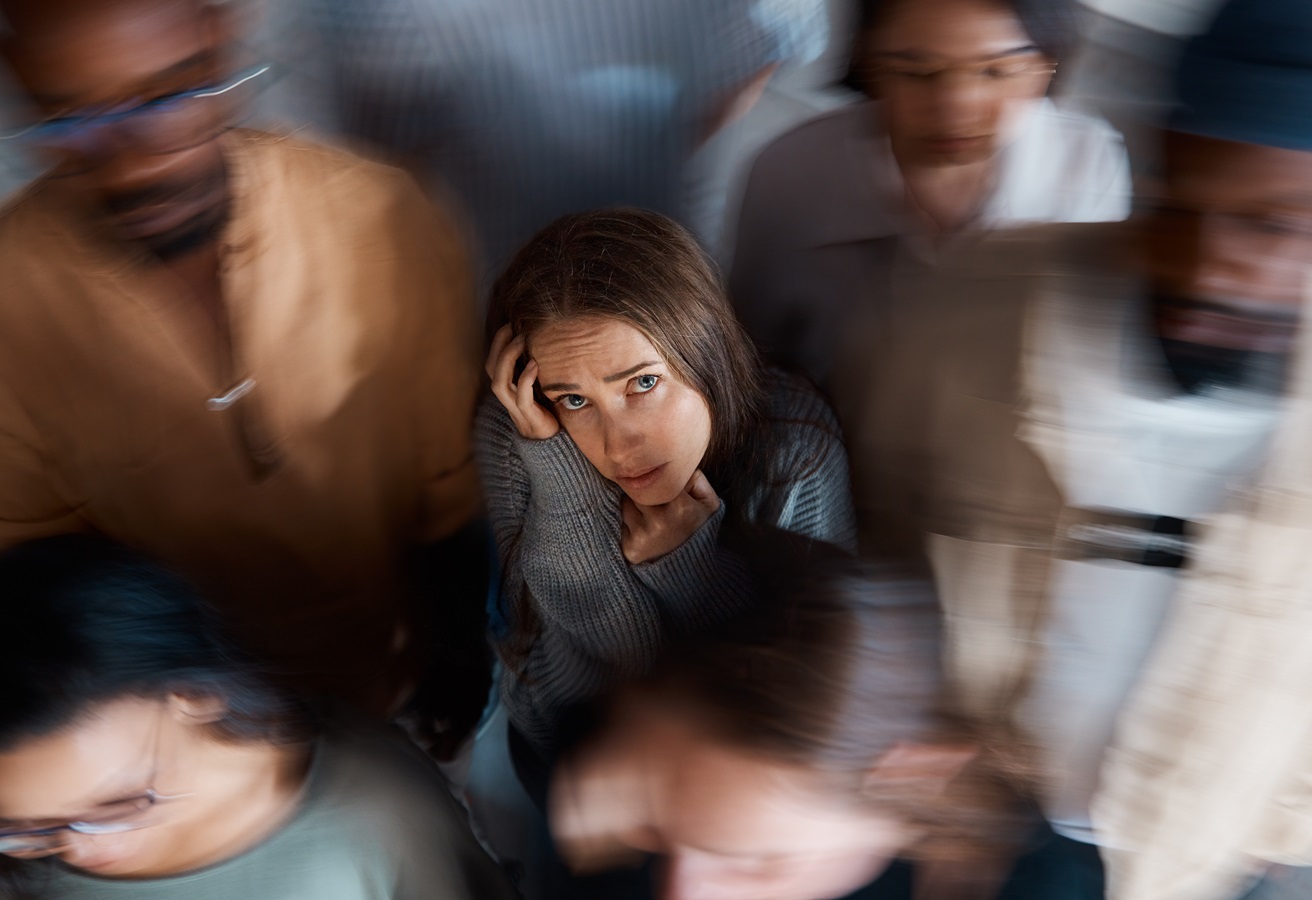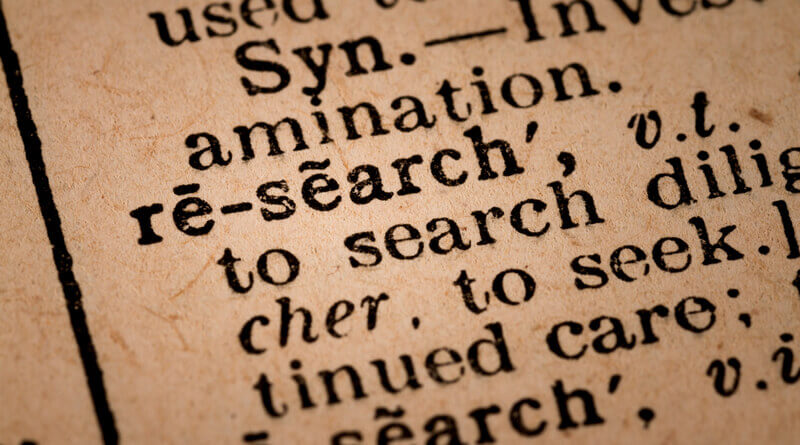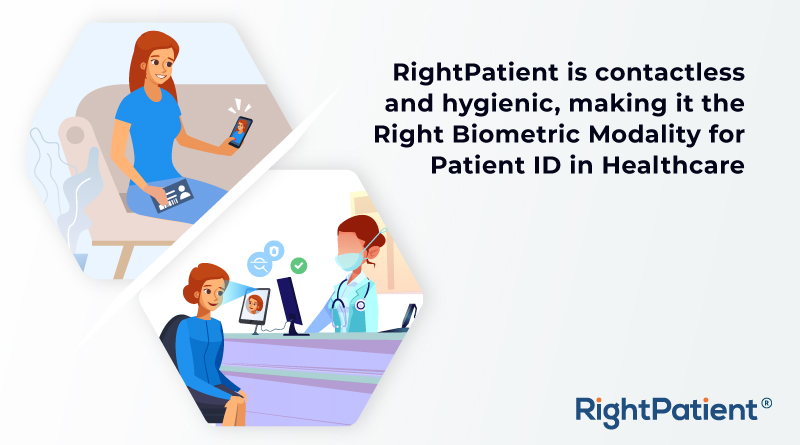Biometric Data Analytics for Motion Sickness Research

Many people experience motion sickness when they travel through different vehicles. When they read or check their phone in a moving car, there’s a disconnect between their visual information and their body’s reaction to the motions. Some people may also experience motion sickness when undergoing a VR experience.
Nausea is quite common in many patients and treatments are available to ease the symptoms. While some people adapt and grow out of motion sickness, others don’t
Luckily, motion sickness prediction and reduction research is garnering some progress. Biometric data analytics can be a vital tool for motion sickness.
Biometric Data Affected by Motion
Biometrics have a reputation when it comes to security and authentication. They have proven to be an asset with medication prescription and medical record-keeping. However, the biological data from biometrics can also supplement information on motion and motion sickness.
Heart Rate Variability
Biometric technology like chest sensors can monitor a person’s heart rate in real-time. When undergoing motion sickness, the heart rate tends to increase. Using sensors, motion sickness researchers can deduce the average heart rate of a person and record moments when the heart signals start to change and spike.
Brain Waves
A person will feel like they are losing their balance when experiencing motion sickness, resulting in headaches or vertigo. Brain wave biometrics through electroencephalography can sense moments when the brain activity starts to shift. This information can pinpoint what motions a person may react to. It can also suggest the severity in which they begin to feel sick.
Electrodermal Activity
Some people get pale or feverish when they ride a vehicle. Others might start to form cold sweats on their skin inadvertently. Biometric wearables can track the electrodermal activity in a person. This insight can detect some of the standard symptoms of motion sickness.
Eye-Tracking Data
There is a correlation between vision problems and motion sickness. Some people undergo motion sickness when they try out virtual reality. These simulations provide a visual experience while the body stays stable, triggering nausea. Tracking a person’s eye movements with biometrics can help expose when they’re entering a state of nausea.
Accelerometer Data
Accelerometer sensors in biometric technology are used in the medical field for blood pressure measurement. It can also help track and estimate the movement and speed of a person. These varying details are affected by motion sickness, making it critical information in research.
Postural Changes
Biometric sensors can recognize and track people’s posture. There is evidence regarding how certain situations involving motion sickness can change one’s postural activity, especially regarding imbalance and discomfort.
Applying Biometric Data Analytics
There is plenty of overlap between biometric data and the symptoms of motion sickness. This technology can provide valuable information to pinpoint when a person is starting to experience nausea. Identifying those moments and recording patterns makes it possible to predict when a person is undergoing motion sickness.
Beyond that, biometrics can also be valuable when reducing motion sickness. There is growing interest in how improving one’s visual and spatial awareness can train the brain to minimize motion sickness. Since the biological data is unique to a person, it’s also possible to personalize a patient’s prevention plan.
Additionally, visuospatial training may be more beneficial than desensitization therapy since researchers can form intervention strategies from a subject’s biometric data. When notified of severe changes in a person’s heart rate and brain activity, they can halt the progression without causing further motion sickness.
Hindrances in Motion Sickness Research
Motion sickness research can utilize biometric data to advance its progress, but there are specific challenges to overcome. For instance, there is existing research on using different kinds of technology like eye trackers and sensors. That said, it is necessary to consider the logistics of using this technology.
Enrolling and monitoring the person can be done easily when not in motion. However, putting them in a moving vehicle will require more consideration. Current data from virtual reality can be helpful, but cybersickness does not encapsulate all the physical conditions a person may experience with real-life motion sickness.
Utilizing biometric data also calls for increased cybersecurity. The technology that holds and records this information turns health care facilities into a prime target for cyberattacks, especially without the proper protection. It is paramount to protect the information of patients with motion sickness research.
Utilize Biometrics in Motion Sickness
Biometric technology is a promising tool when it comes to motion sickness research. Examiners should address a few gaps, but there is no doubt that integrating its use can be helpful in the prediction and prevention of this syndrome.





 Michael Trader is President and Co-Founder of RightPatient®. Michael is responsible for overseeing business development and marketing activities, government outreach, and for providing senior leadership on business and policy issues.
Michael Trader is President and Co-Founder of RightPatient®. Michael is responsible for overseeing business development and marketing activities, government outreach, and for providing senior leadership on business and policy issues.